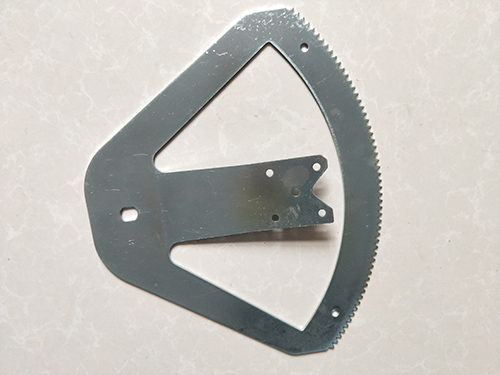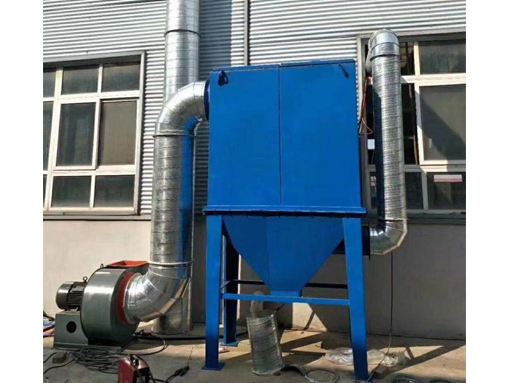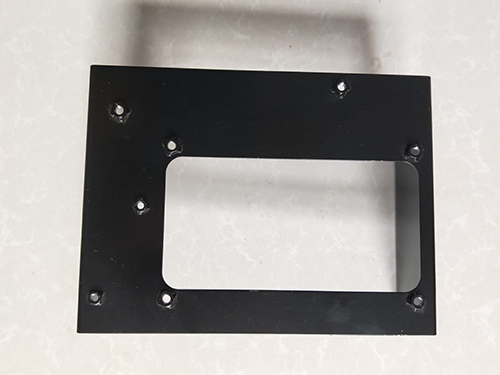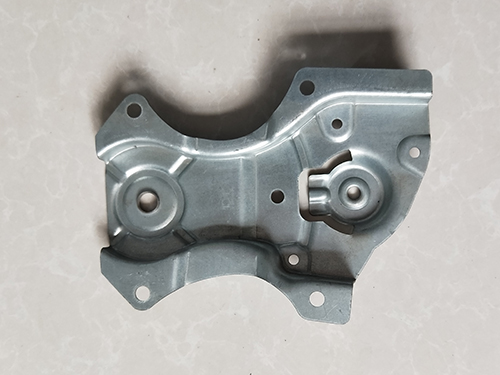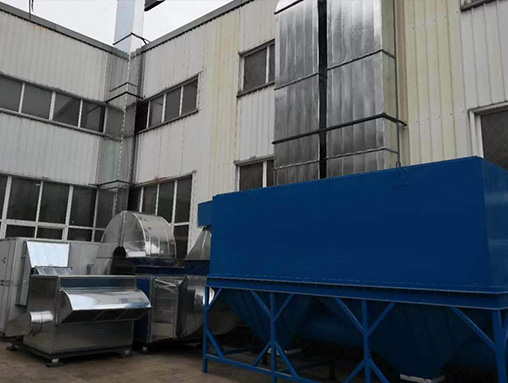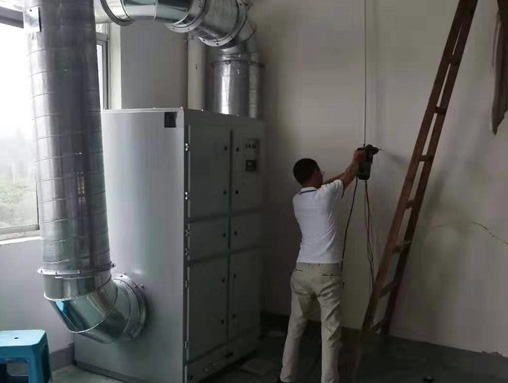Stamping stage and drawing analysis in the production of metal stamping parts
1、 During the entire process of producing stamped parts for automobiles, the cost of stamped sheet metal accounts for about 36% of the cost of the car's body in white. For every 1% increase in the utilization rate of the entire vehicle's materials, the material and process consumption of the vehicle will be reduced by about 10kg, and the cost per vehicle can be reduced by 55 yuan. Japanese and Korean car companies have significantly better material utilization rates than domestic car companies, and have obvious advantages in cost control. Using the material utilization rate of the same 20 key stamping parts on the car body as the calculation caliber, Toyota in Japan can reach a better state of 63%, Hyundai in South Korea can reach a better state of 60%, while the vast majority of domestic car companies have a utilization rate of 52% to 57%, which is significantly lower than that of Japanese and Korean car companies. According to the analysis of synchronous engineering, as the utilization rate reaches over 54%, the difficulty of improvement becomes increasingly high. It is necessary to invest time and manpower in the early stages of design and conduct in-depth research on how to improve synchronous engineering in the early stages. Stamping parts; The material utilization rate involves a wide range of aspects, including the overall shape and seam of the vehicle body, the new structure of the product, the preparation of stamping processes, the setting of stamping die surfaces, the selection of roll material specifications, the improvement of mold structure, stamping equipment, debugging stage, and production stage. Among them, the overall shape and structure of the product itself have a key impact on the material utilization rate. The process of improving material utilization can be divided into five stages: Stage 1: SE (Synchronous or Parallel Engineering) stage; Phase 2: Design co signing phase; Phase 3: Pre acceptance stage; Stage 4: Precision Recovery Stage; Stage 5: Stable mass production stage. The most influential ones are the stage 1 SE and stage 2 design co signing. The unreasonable structural design of stamped parts determines the low material utilization rate, and due to the low material utilization rate caused by the structural design of stamped parts, it cannot be improved. The shape of stamped parts determines the upper limit of material utilization rate, so whether stamped parts are used or not determines the high or low final material utilization rate. 1. The reasonable shape of stamping parts can be optimized as much as possible through SE engineering research on stamping part structure, layout, and other methods to optimize the material utilization rate of each stamping part. The materials combined in Scheme 2 shown in Table 1 have a low material utilization rate for the shape, while the materials for conventional design are shown in Table 2. Therefore, choosing a reasonable shape structure during the stamping part design phase is very important and directly affects the overall manufacturing cost of the vehicle. 2. Reasonably dividing stamping parts through discussions with departments, optimizing the structure as much as possible in the early design stage of stamping parts while meeting their performance requirements, to achieve maximum material utilization of the parts, as shown in Figure 3. The protruding data at both ends of stamped parts is not conducive to the formulation of later mold processes and also affects material utilization. 2、 The analysis and manufacturing of stamping parts are carried out through the part drawings of the product. Therefore, when designing the stamping production process for related parts, designers need to start from the design drawings of the parts. 1. The stamping process for economically manufactured automotive parts has a wide range of applications, and the operation of stamping process is relatively convenient, thus it can generate high productivity. During the stamping process, the economic viability is significantly affected by the cost of the grinding tool, which has a significant impact on the batch production. The production cost of individual processing of stamping parts is inversely proportional to the production batch, and the smaller the production batch, the higher the cost consumption of stamping technology. Therefore, if the number of parts produced is relatively small, using other solutions is more suitable for the economic benefits of the enterprise. In the process of manufacturing stamped parts, it is necessary to combine multiple production plans to maximize the economic benefits of the enterprise. 2. Process oriented stamping parts; During the production process, the difficulty of its components is reflected accordingly. From the perspective of technology, the analysis mainly focuses on the degree, material properties, and dimensions, and the basic requirements need to comply with the regulations of stamping technology. In addition, the processability is also reflected in its ease of operation, fewer required processes, and stable quality. Normally, the structure and degree of stamped parts will affect the final processability of stamped parts. If the processability of the parts is poor, appropriate modifications need to be made to the part drawings to improve the processability of stamped parts.
